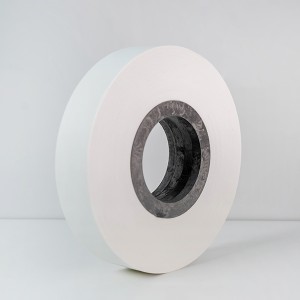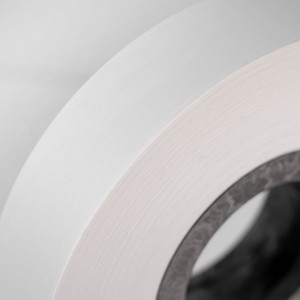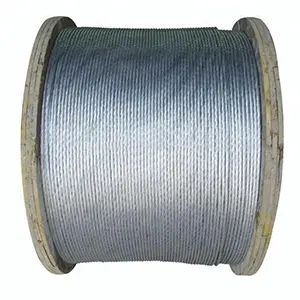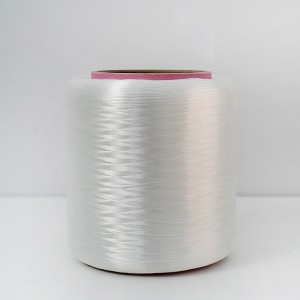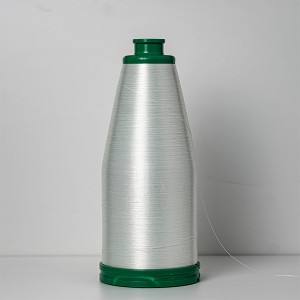
Iimveliso
I-Tape yokuthintela amanzi - iTape yokuDumba
Intshayelelo yeMveliso
I-tape yokuthintela amanzi okanye i-Swelling Tape yinto yanamhlanje yobuchwepheshe obuphezulu bokuthintela amanzi kunye nomsebenzi wokufunxa amanzi kunye nokwandisa, owenziwe ngelaphu le-polyester fiber non-woven kunye ne-speed-speed-speed-speed water-absorbent resin. Umsebenzi ogqwesileyo wokuthintela amanzi we-tape yokuthintela amanzi ngokuyinhloko uvela kwintsebenzo eqinile yokufunxa amanzi kwi-resin yokwandiswa kwe-high-speed water-absorbent resin esasazwa ngokulinganayo ngaphakathi kwimveliso. Ilaphu lepolyester ifayibha engeyolukiweyo apho isantya esiphezulu sokwandiswa kweresin efunxa amanzi ibambelela iqinisekisa ukuba iteyiphu yokuthintela amanzi inamandla okwaneleyo kunye nobude obuhle bobude. Kwangaxeshanye, permeability elungileyo ye polyester ifayibha ilaphu non-elukiweyo kwenza tape evalela amanzi ukwandisa ngoko nangoko xa evezwe emanzini, kwaye ukusebenza-ukuthintela amanzi kuqinisekiswa ngempumelelo Tape yethu ukuDumba.
I-tape yokuthintela amanzi ingasetyenziselwa ukugubungela i-core of communication optical cable, ikhebula lonxibelelwano kunye nekhebula lamandla ukuze lidlale indima yokubopha kunye nokuthintela amanzi. Ukusetyenziswa kwe-tape yokuthintela amanzi kunokunciphisa ukungena kwamanzi kunye nomswakama kwi-cable optical cable kunye nekhebula, kunye nokuphucula ubomi benkonzo ye-optical cable kunye nekhebula. Ngokukodwa kwintambo ye-optical eyomileyo ephuhliswe kwiminyaka yamuva nje, i-tape yokuthintela amanzi ithatha indawo yegrisi yendabuko, kwaye akukho mfuneko yokucima, i-solvents kunye nabacoci xa ulungiselela ukudibanisa kwentambo ye-optical. Ixesha lokudibanisa ikhebula le-optical lifutshane kakhulu, kwaye ubunzima bekhebula le-optical bungancitshiswa.
Sinokubonelela ngetape yokuthintela amanzi kwicala elinye / elinamacala amabini. I-tape yecala elilodwa lokuthintela amanzi liqulunqwe ngumaleko omnye we-polyester fiber non-woven fabric kunye ne-high-speed speed-absorbing resin; itheyiphu yokuthintela amanzi enamacala amabini yenziwe ngelaphu lepolyester ifayibha engalukiweyo, iresin efunxa amanzi ngesantya esiphezulu kunye nelaphu lepolyester ifayibha engalukiweyo ngokulandelelana kwayo. I-tape yecala elilodwa lokuthintela amanzi linomsebenzi ongcono wokuthintela amanzi ngenxa yokuba ayinayo isiseko sokuvala.
iimpawu
Iteyiphu yokuthintela amanzi esiyinikezile inezi mpawu zilandelayo:
1) Umphezulu ucwebile, ngaphandle kwemibimbi, iinotshi, ukukhanya.
I-2) I-fiber ihanjiswe ngokulinganayo, i-powder yokuthintela amanzi kunye ne-tape yesiseko ihlanganiswe ngokuqinileyo, ngaphandle kwe-delamination kunye nokususwa kwe powder.
3) Amandla omatshini aphezulu, kulula ukusonga kunye nokusetyenzwa kwe-longitudinal.
I-4) I-hygroscopicity eyomeleleyo, ukuphakama okuphezulu kokwandiswa, izinga lokwandiswa ngokukhawuleza, kunye nokuzinza okulungileyo kwe-gel.
I-5) Ukumelana nokushisa okulungileyo, ukumelana nobushushu obuphezulu ngokukhawuleza, intambo ye-optical kunye nekhebula inokugcina ukusebenza okuzinzileyo phantsi kobushushu obuphezulu kwangoko.
I-6) Ukuzinza okuphezulu kweekhemikhali, akukho zixhobo ezitshabalalisayo, ezichasene ne-bacterial and fungal erosion.
Isicelo
Ikakhulu isetyenziselwa ukwambathisa i-core ye-optical cable yonxibelelwano, ikhebula lonxibelelwano kunye nekhebula lamandla ukuze lidlale indima yokubopha kunye nokuthintela amanzi kwi-Swelling Tape.
Iiparamitha zobuGcisa
| Into | Iiparamitha zobuGcisa | |||||||
| Icala elinye tape yokuthintela amanzi | Amacala amabini tape yokuthintela amanzi | |||||||
| Ukutyeba ngokweSibizo (mm) | 0.2 | 0.25 | 0.3 | 0.2 | 0.25 | 0.3 | 0.4 | 0.5 |
| Amandla okuqina (N/cm) | ≥25 | ≥30 | ≥30 | ≥25 | ≥30 | ≥30 | ≥35 | ≥40 |
| Ukuqhawula ubude (%) | ≥10 | ≥10 | ≥10 | ≥10 | ≥10 | ≥10 | ≥10 | ≥10 |
| Ukwandiswa kwesantya (mm/min) | ≥8 | ≥8 | ≥10 | ≥6 | ≥8 | ≥10 | ≥12 | ≥12 |
| Ubude bokwandiswa (mm/5min) | ≥10 | ≥10 | ≥12 | ≥8 | ≥10 | ≥12 | ≥14 | ≥14 |
| Umlinganiselo wamanzi (%) | ≤9 | ≤9 | ≤9 | ≤9 | ≤9 | ≤9 | ≤9 | ≤9 |
| Ukuzinza kwe-Thermal a) Ukumelana nobushushu bexesha elide (90℃,24h) b) Ubushushu obuphezulu kwangoko (230℃,20s) Ubude bokwandiswa(mm) | ≥Ixabiso lokuqala ≥Ixabiso lokuqala | |||||||
| Qaphela: Iinkcukacha ezingakumbi, nceda uqhagamshelane nabasebenzi bethu abathengisayo. | ||||||||
Ukupakishwa
I-pad nganye ye-tape yokuthintela amanzi ifakwe kwi-bag yefilimu yobungqina bomswakama ngokwahlukileyo, kwaye iipads ezininzi zihlanganiswe kwisikhwama esikhulu sefilimu enobumanzi, emva koko ifakwe kwibhokisi, kwaye iibhokisi ze-20 zifakwe kwi-pallet.
Ubungakanani bephakheji: 1.12m * 1.12m * 2.05m
Ubunzima obuninzi kwipalethi nganye: malunga ne-780kg
Ugcino
1) Imveliso iya kugcinwa kwindawo ecocekileyo, eyomileyo kwaye engena umoya.
I-2) Imveliso akufanele ifakwe kunye neemveliso ezinokutsha okanye i-oxidizing agents ezinamandla kwaye akufanele isondele kwimithombo yomlilo.
3) Imveliso kufuneka igweme ukukhanya kwelanga kunye nemvula.
4) Imveliso kufuneka ipakishwe ngokupheleleyo ukuphepha umswakama kunye nokungcola.
5) Imveliso iya kukhuselwa kuxinzelelo olunzima kunye nomnye umonakalo owenziwe ngoomatshini ngexesha lokugcinwa.
6) Ixesha lokugcinwa kwemveliso kwiqondo lokushisa eliqhelekileyo ziinyanga ezi-6 ukususela kumhla wokuvelisa. Ngaphezulu kweenyanga ezi-6 zokugcina, imveliso kufuneka ihlolwe kwakhona kwaye isetyenziswe kuphela emva kokuphumelela ukuhlolwa.
Isiqinisekiso
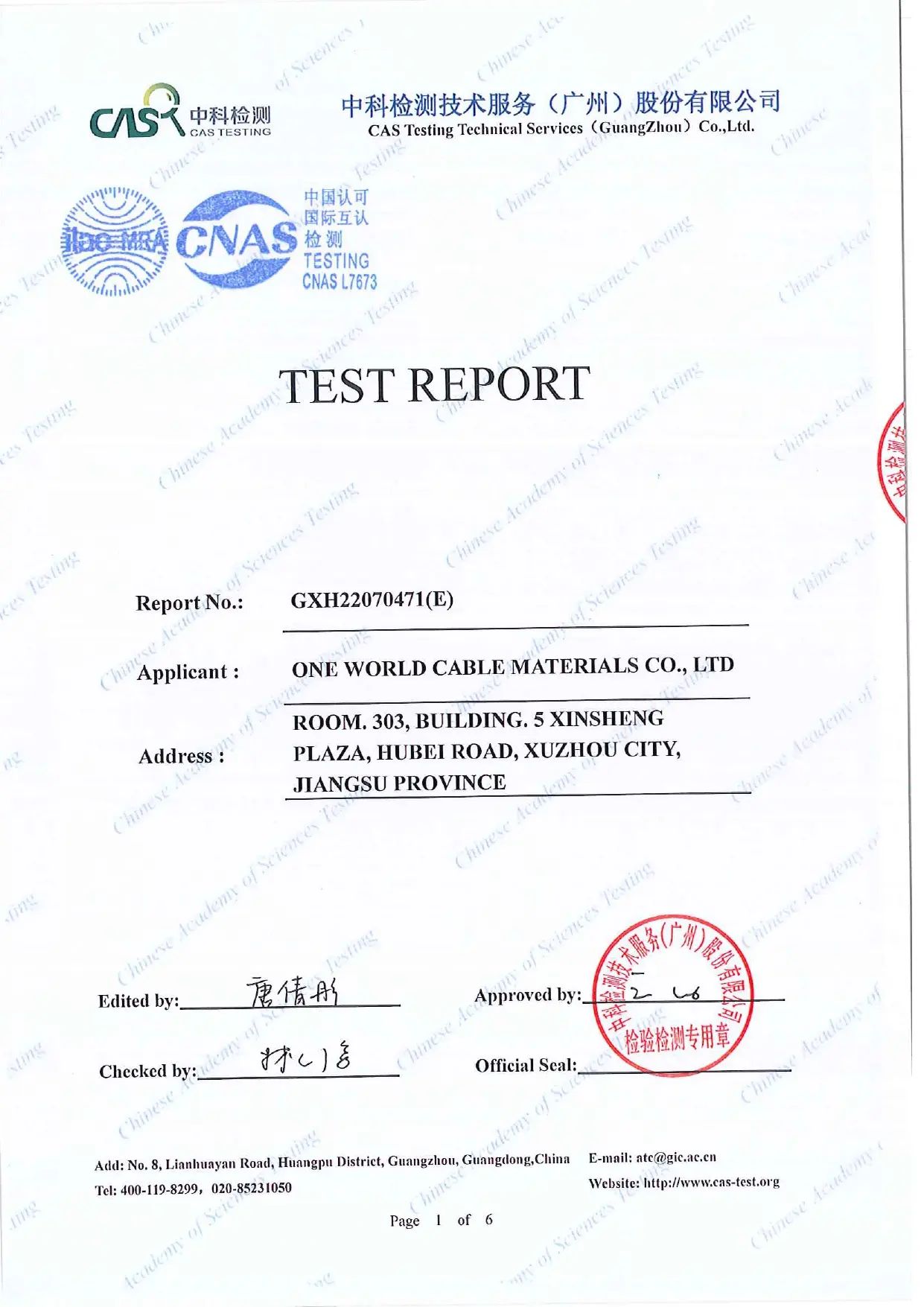
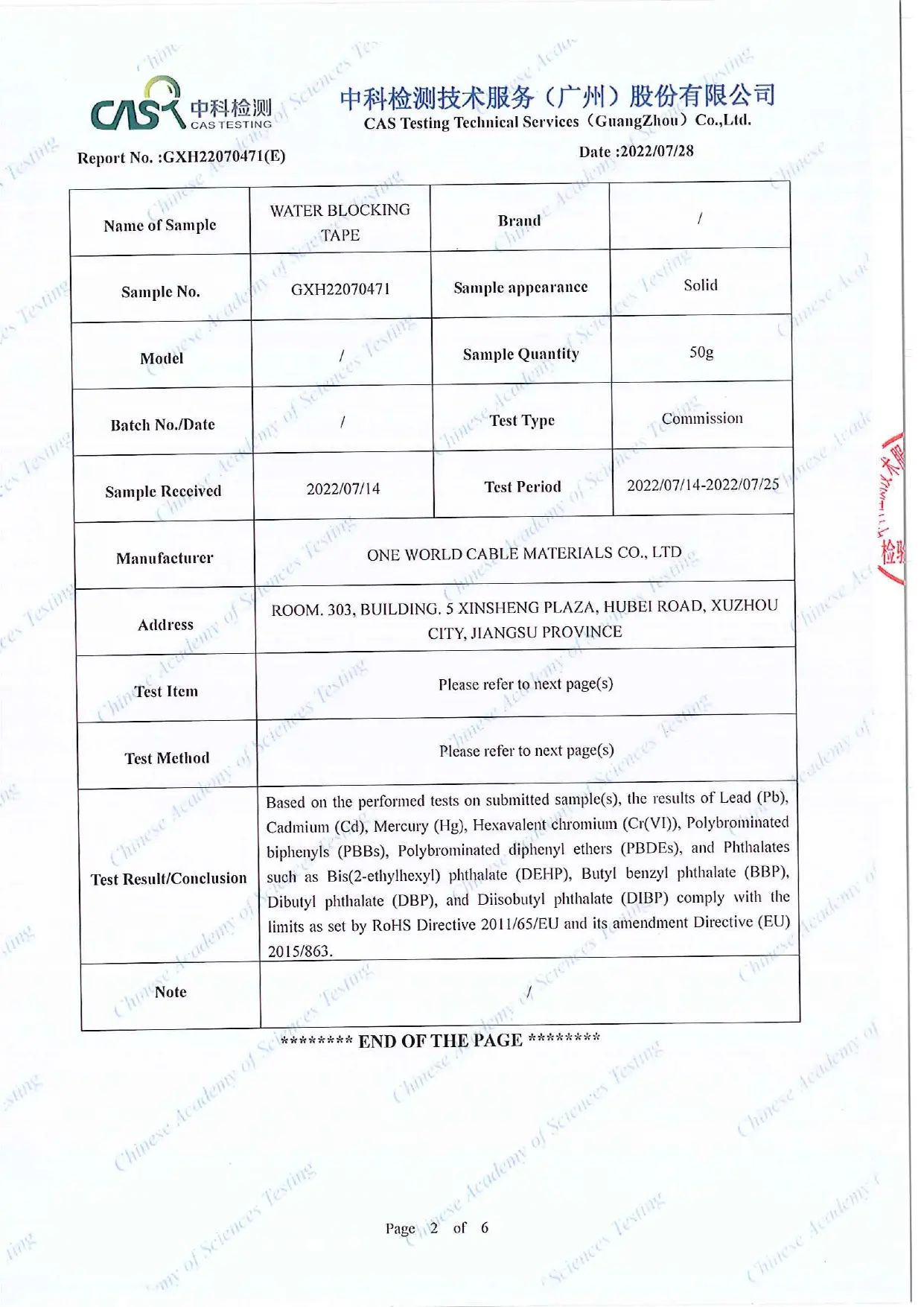
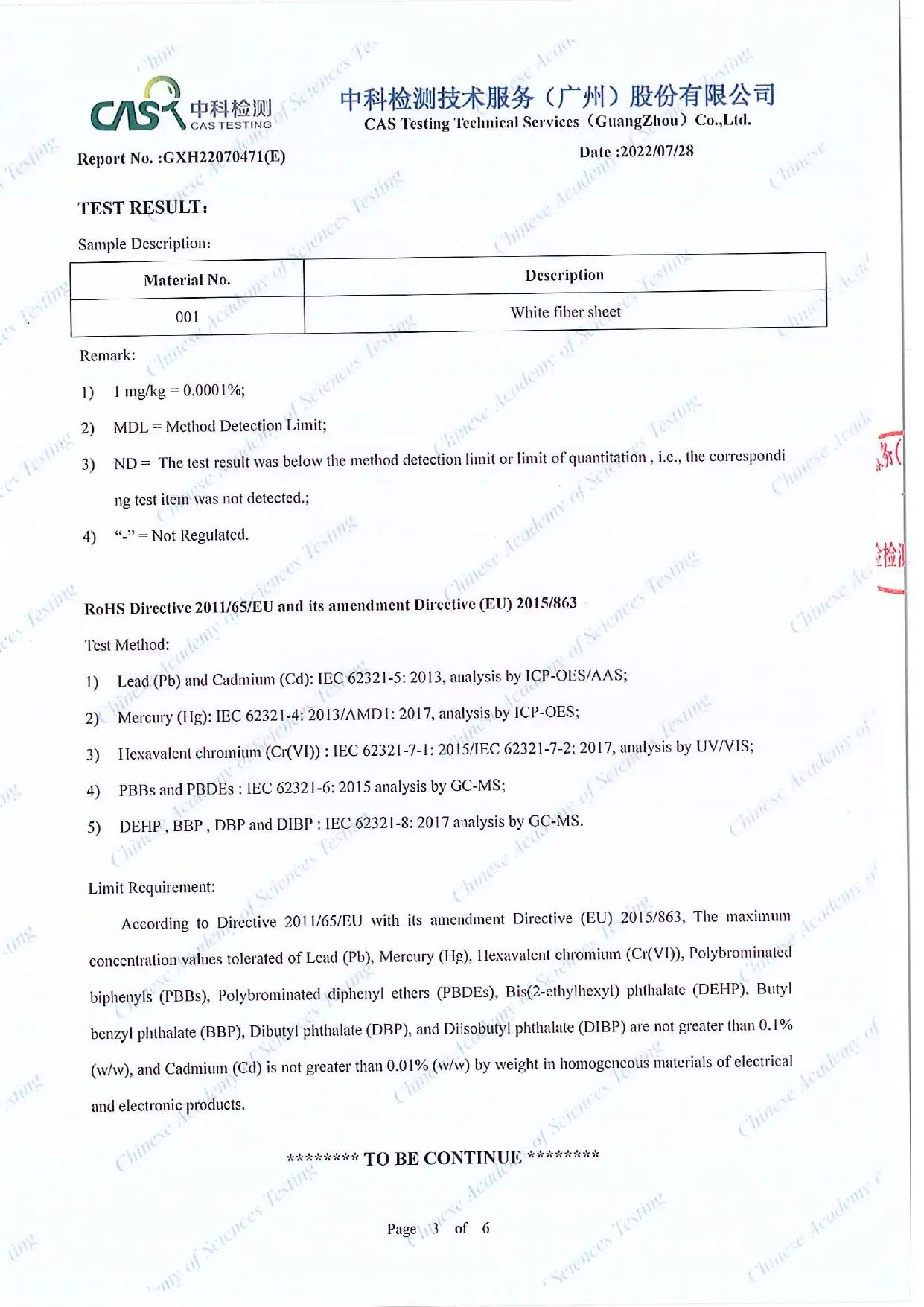
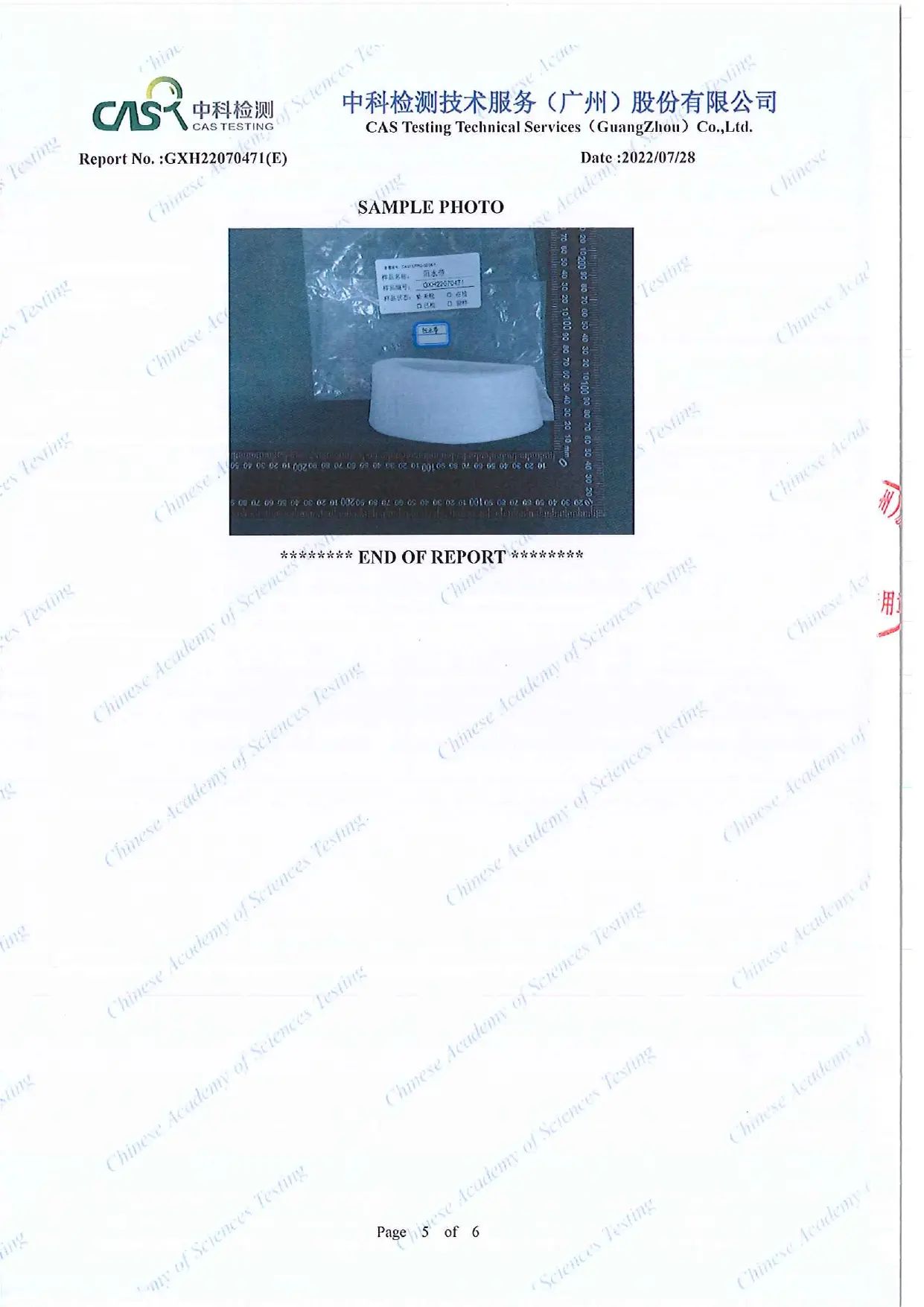
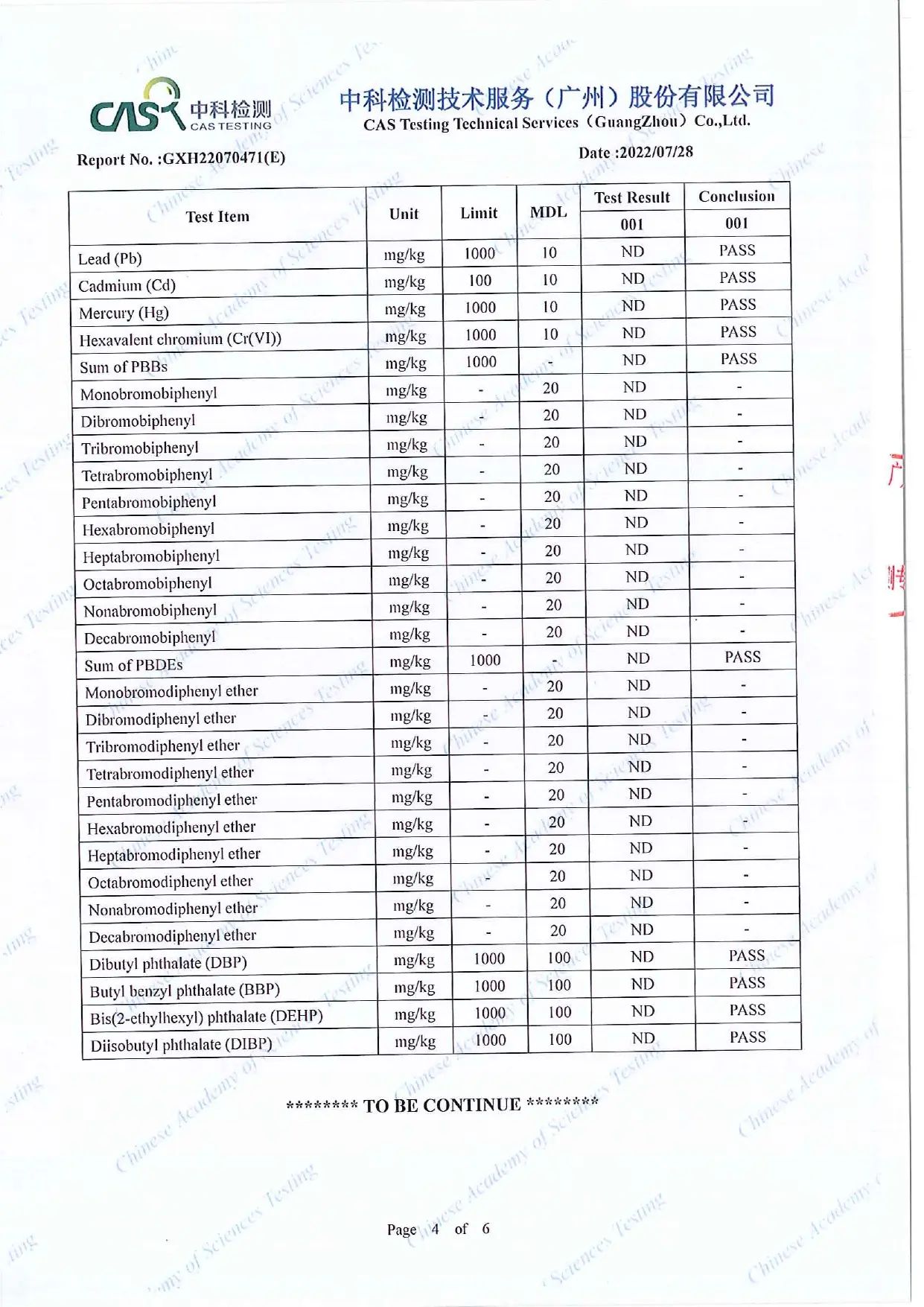
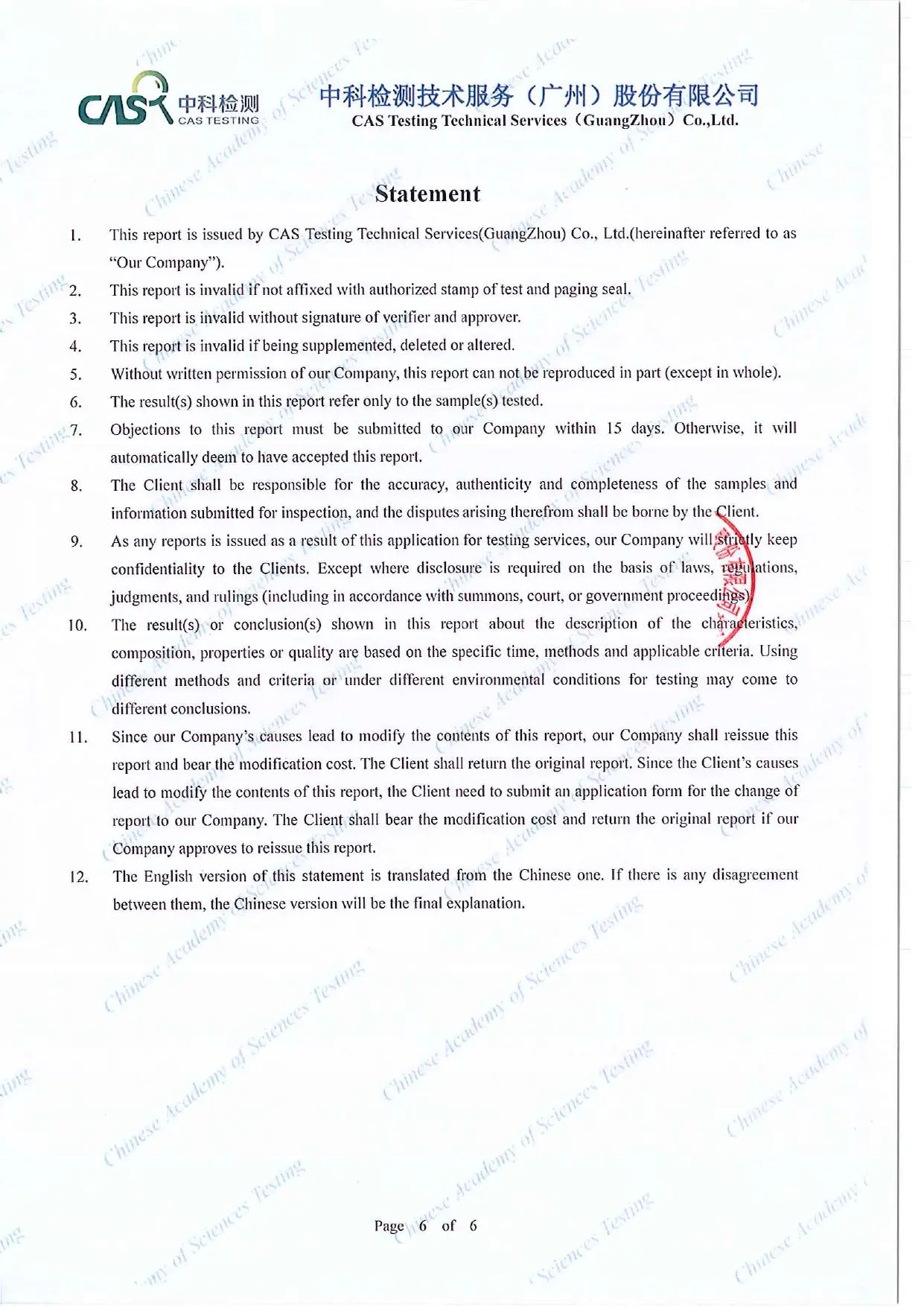
Ingxelo




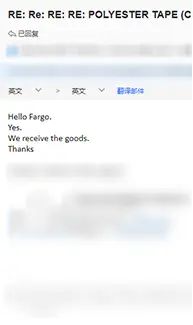
IMIGAQO YEESAMPULI YAMAHALA
ILIZWE ELINYE lizibophelele ekuboneleleni abaThengi nge-Industleading yoMgangatho woMgangatho woMgangatho oPhezulu kunye neeMathenali zeCable kunye neeNkonzo zokuQala zobuchwephesha.
Unokucela iSampuli yasimahla yeMveliso onomdla kuyo oko kuthetha ukuba uzimisele ukusebenzisa iMveliso yethu kwiMveliso.
Sisebenzisa kuphela iDatha yoVavanyo ozimiseleyo ukuyiphendula kunye nokwabelana njengoQinisekiso lweempawu zeMveliso kunye noMgangatho, kwaye emva koko usincede ukuseka iNkqubo yoLawulo loMgangatho eGqibeleleyo ngakumbi ukuphucula ukuThemba kwabathengi kunye nenjongo yokuThenga, ke nceda uQinisekiswe kwakhona.
Ungazalisa iPhepha eLungelo ukuze ucele iSampulu yaMahla
Imiyalelo yesicelo
1 . UmThengi Une-Akhawunti ye-International Express Delivery Account Ngokuzithandela uHlawula uThutho ( Umthwalo unokubuyiswa ngokomyalelo)
2 . Iziko elinye linokufaka isicelo sesampulu enye yasimahla yeMveliso ifanayo, kwaye kwa eliziko linye linokufaka isicelo ukuya kuthi ga kwiisampulu ezihlanu zeeMveliso ezahlukeneyo simahla phakathi konyaka omnye.
3 . Isampulu yeyocingo kuphela kunye nabaThengi befektri yeCable, kwaye kuphela kubasebenzi baseLebhu kuVavanyo lweMveliso okanye kuPhando.
UKUPAKAJWA KWEsampuli
IFOMU YESICELO SIMAHLA ESAMHLA
Nceda Faka iiNkcazelo zeSampuli eziFunwayo , okanye Chaza ngokufutshane IiMfuno zeProjekthi , Siyakucebisa iisampulu kuwe
Emva kokungenisa ifom, ulwazi oluzalisileyo lunokudluliselwa kwimvelaphi yeLIZWE ELINYE ukuze iqhutywe ngakumbi ukumisela ukucaciswa kwemveliso kunye neenkcukacha zedilesi kunye nawe. Kwaye unokuqhagamshelana nawe ngomnxeba. Nceda ufunde wethuUmthetho wabucalaUkuze ufumane iinkcukacha ezithe vetshe.


